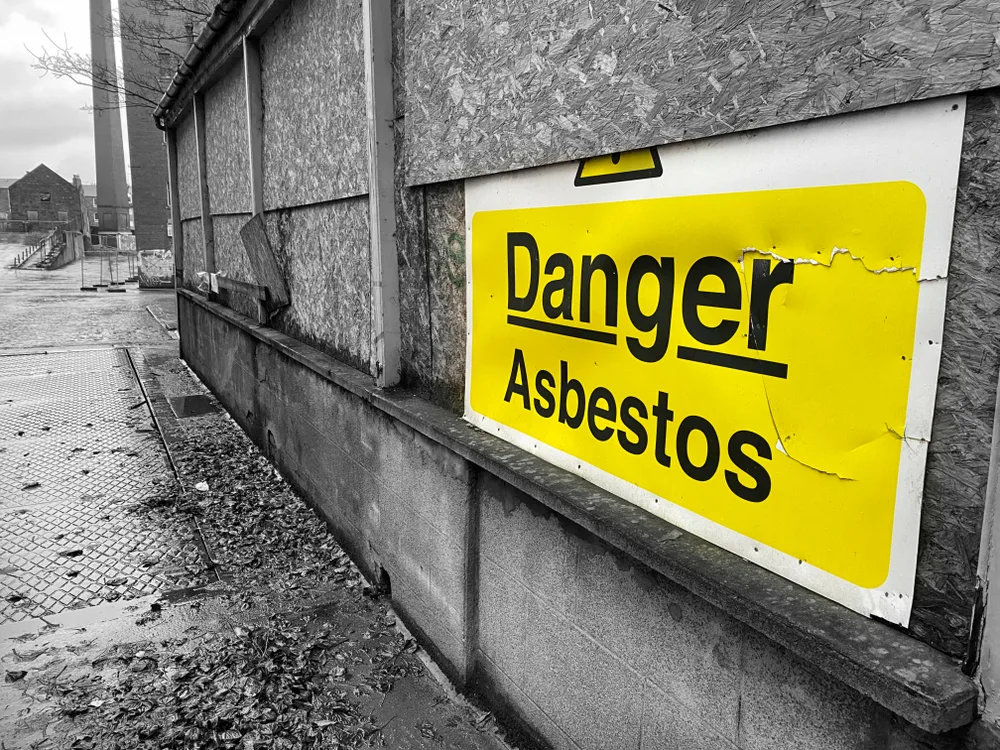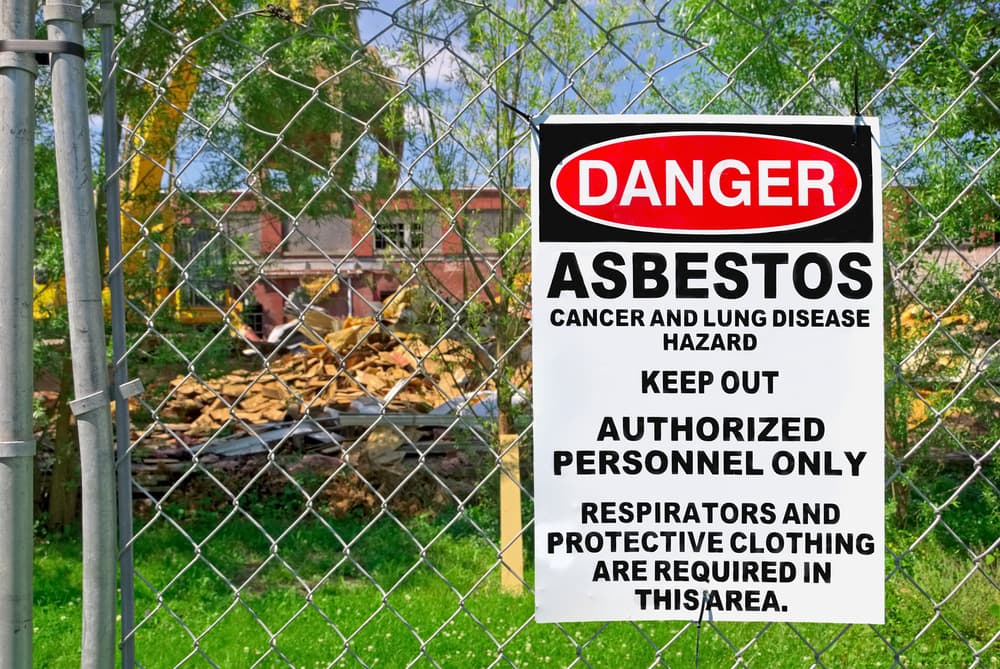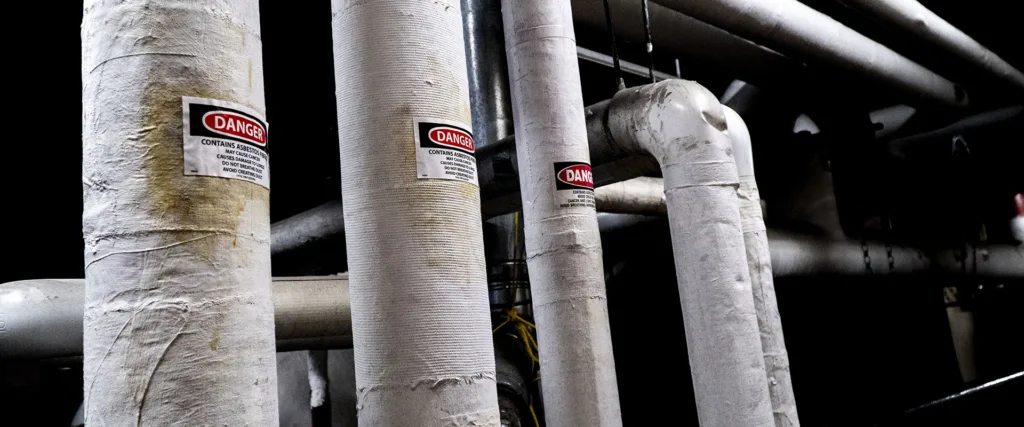Asbestos and mesothelioma are two terms that often surface together. Asbestos, a group of naturally occurring minerals once hailed for its resistance to heat and chemicals, has proven to be more harmful to human health. Mesothelioma, on the other hand, is a rare but aggressive form of cancer predominantly associated with asbestos exposure.
The painful realities caused by asbestos-related exposure and mesothelioma are steeped in a mix of historical negligence and professional oversight. Yet, what does the often-media-headlined statement “asbestos leads to mesothelioma” entail? And more importantly, if you or a loved one has been exposed to asbestos, what does this mean for you?
At Vogelzang Law, our mesothelioma lawyers have devoted themselves to standing up for victims of asbestos exposure; we work tirelessly to ensure they receive the justice and compensation they deserve. With our experience helping over 250 clients to achieve over $200 million in settlements and verdicts, we stand as your trusted partner in your journey toward justice.
Why is Asbestos Dangerous?

The invisible, tasteless, and odorless attributes of asbestos fibers disguise their health-adverse aspects. Asbestos is dangerous due to its singular ability to fragment into exceptionally thin, microscopic fibers that can be suspended in the air for prolonged periods and are easily inhaled. Once breathed in, these fibers can become entrapped in the lungs, causing substantial harm over time, including the risk of some types of cancer.
The main health hazard stems from the accumulated asbestos fibers in the lungs, leading to scarring or fibrosis. This scarring condition, known as asbestosis, can severely affect lung function, often progressing to disabling shortness of breath and heart-related complications. However, asbestosis is merely one aspect of these dangers.
Asbestos exposure is also intricately linked to pleural disease, a non-cancerous condition causing changes in the membrane surrounding the lung.
The most severe side effect of chronic asbestos exposure is that it significantly raises the risk of lung cancer and malignant mesothelioma, an aggressive, life-threatening cancer that targets the protective lining of the lungs, abdomen, and heart. Hence, asbestos exposure, whether significant or minimal, can have serious and life-threatening consequences for human health.
Despite asbestos use decreasing significantly in recent years owing to its health risks now being widely recognized and controlled through regulations on its use, remnants from its unregulated past still exist in many older buildings and products.
Does Asbestos Cause Mesothelioma?
Mesothelioma is a relatively rare but aggressive form of cancer that primarily arises from exposure to asbestos. It is often described as a disease that targets the thin layer of tissue known as the mesothelium that envelopes many of our internal organs.
This disease manifests in three primary types depending on the region of the mesothelium it affects:
- Pleural Mesothelioma: This type affects the pleura, the tissue coating the lungs, and is the most common variant, accounting for approximately three-quarters of all mesothelioma cases.
- Peritoneal Mesothelioma: This form of mesothelioma occurs in the mesothelial layer lining the abdomen, making it the second most common type.
- Pericardial Mesothelioma: A rare type of mesothelioma, this impacts the mesothelium surrounding the heart.
When asbestos fibers are inhaled or swallowed, they lodge within the body, potentially causing harm many years later. In the case of mesothelioma, these fibers cause damage and inflammation to the mesothelial cells, leading to mutations and abnormal cell growth – the foundations of cancer.
Though a cure for mesothelioma is not yet found, early detection can considerably improve prognosis and life expectancy. With advancements in medical technology, options for treatment are diverse and personalized, comprising surgery, radiation therapy, chemotherapy, or a combination of these.
The Asbestos-Mesothelioma Connection
The link between asbestos exposure and mesothelioma is well-established and has been affirmed by multiple rigorous scientific studies. The unique, resistant nature of asbestos fibers allows them to persist in the body long after initial exposure. While lodged in the body, these fibers induce a series of harmful biological reactions that can result in the development of mesothelioma.
Furthermore, studies underscore that the risk of mesothelioma correspondingly increases with the duration and intensity of asbestos exposure. It’s noteworthy, however, that even brief, incidental exposure to asbestos may potentially lead to mesothelioma years—sometimes decades—later.
Despite the indisputable connection between the two, many myths and misconceptions still surround this disease. Additionally, mesothelioma is not an inevitable outcome of asbestos exposure. However, asbestos can also lead to other serious conditions, including asbestosis and asbestos lung cancer, which are distinct from mesothelioma despite sharing a common cause.
High-Risk Groups for Asbestos Exposure
Asbestos exposure is not restricted to a single demographic or profession. However, specific groups bear a disproportionate risk due to the nature of their work or living conditions.
Historically, those most exposed to asbestos tended to work in construction trades, shipyards, or the military. Asbestos was extensively used in these fields for its exceptional durability and fire-resistant properties.
Specifically, occupations such as pipefitters, insulators, navy ship personnel, auto mechanics, and those involved in asbestos mining or manufacturing represented the majority of high-risk individuals. Additionally, people living close to naturally occurring asbestos deposits or near industries utilizing asbestos may face elevated exposure risk.
Asbestos in Schools
Almost one-third of schools in the United States may contain asbestos materials, which can significantly impact students, teachers, and other school staff. Asbestos was widely used in construction, including schools, for its fire resistance and durability until its hazards became evident. Teachers and students can still be exposed to asbestos in older school buildings, especially during renovation or demolition work.
Asbestos and Veterans
Veterans, particularly those who worked in shipyards, mines, and construction during their service, are another group at significant risk of asbestos exposure. In fact, approximately 30% of annual mesothelioma claims come from veterans.
Asbestos exposure is a health hazard that cannot be ignored. Understanding the potential health complications aids in early detection and intervention. It also helps those who have suffered exposure access information about their possible legal rights surrounding asbestos-induced diseases and potential compensation available to them.
Turning Knowledge into Action
If you or a loved one belong to a high-risk group or have been diagnosed with an asbestos-induced disease such as mesothelioma, time becomes a critical factor. Our team at Vogelzang Law is here to assist you in navigating the complexities of legal action related to asbestos exposure.
Call Vogelzang Law today at (312) 466-1669, and allow us to assist you in seeking justice for the impact asbestos exposure has had on your life.



